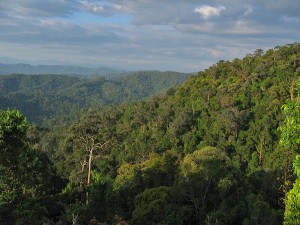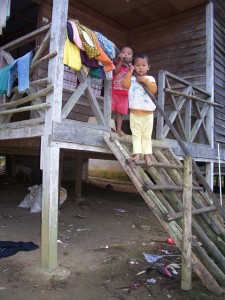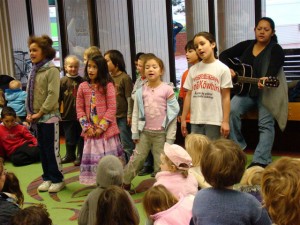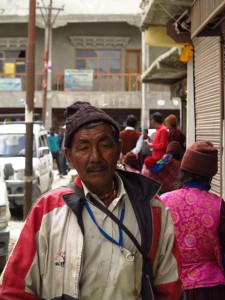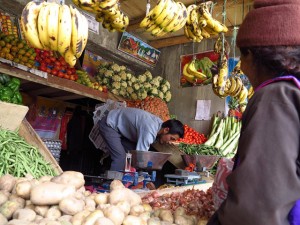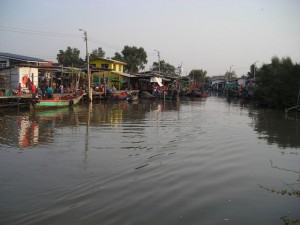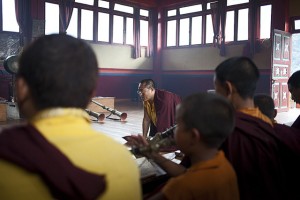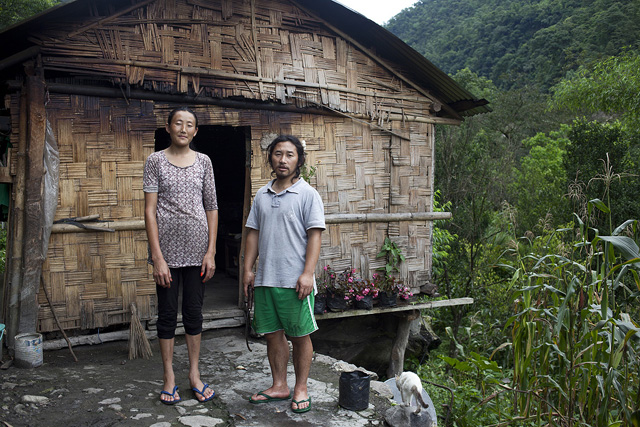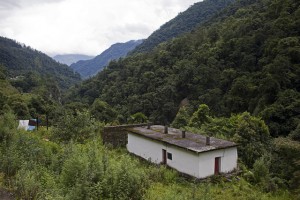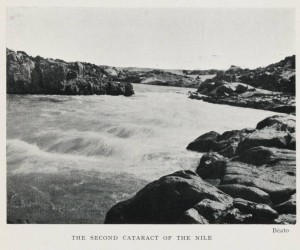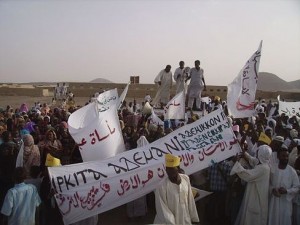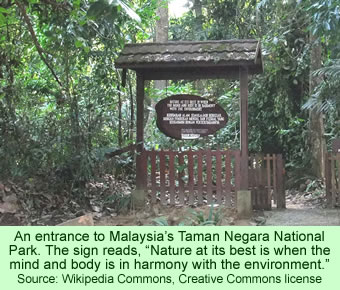Sharing with others is a very strong ethical value in the cultures of many peaceful societies, including that of the Inuit. A news report from the Canadian Broadcasting Corporation posted on December 24 illustrated that tradition, but with an up-to-date twist.
Nanook Fareal, a young woman, was born in an Inuit community in Northern Canada and moved to Toronto ten years ago with her father. However, he died five years later. She was left homeless, struggled with addictive substances, and faced hunger.

More recently, she began investigating the prices of food in the markets of Inuit communities of Nunavut, where some people go hungry. She discovered that basic necessities in those markets cost far more than in the rest of Canada. The CBC report pictures a jug of orange juice on display in a grocery store in Iqaluit, the capital of Nunavut, with the price labeled prominently as $26.29.
Fareal found from her investigation that a case of drinking water could cost over $100.00, and lettuce might be priced at $30.00 per head. Many people in the North cannot afford such prices and are forced to eat a less healthy diet of cheaper junk foods.
So she decided to do something about it by starting a crowdfunding campaign to send Christmas food packages north. She asked for $5,000 on gofundme.com and, as of December 26, had raised $6,214. Her focus on the extremely high prices of basic foods in the North apparently resonated with her friends and other Canadians.
She told the interviewer on the CBC program Metro Morning about her own experiences: of going hungry and of not knowing where she would sleep at night. So she and her partner decided to forgo Christmas presents this year and instead devote their resources to sending food aid north—with the help of an organization called Helping Our Northern Neighbours. They will use the funds raised through gofundme to ship foods to needy Inuit families in Nunavut or the Northwest Territories.
Her crowdfunding page includes images of numerous other basic foods with very high prices in the markets of Canada’s north. Her point is that foods cost almost 10 times more in Nunavut than they do in Toronto and other southern Canadian cities. A two liter jug of fruit juice costs $37.89, whereas everywhere else in Canada it would cost around $4.00; a 12-pack of Shweppes ginger ale was priced at $82.49 compared to about $6.00 elsewhere.
Appealing for funds, Ms. Fareal writes on her page, “Please help me help my people.” She told the CBC that the project has taught her a lot about her own culture, allowing her to reconnect with her roots. “For most of my life, I didn’t know anything about my culture. And this past year, I’ve just learned so much,” she said.
It is not clear from the news story or from her crowdfunding page if Ms. Fareal is aware of the importance of giving and sharing foods in traditional Inuit culture. Damas (1972) provides an excellent overview of the complexities of food sharing systems among different Inuit communities. They depended, he writes, on differing food sources and evolved their own unique ways of sharing available foods. Some developed food partnerships while others had communal meals. In all of their differing systems, sharing was based partly on kinship and partly on common residence.
Condon (1990) explained that the traditional economic system of the Inuit was based largely on the sharing that prevailed when they lived out on the land, but it has largely been replaced by the economic security of wage employment or government assistance. These sources of income have eliminated the uncertainty of their traditional existence, which necessitated the sharing economy. However, Condon writes, the price of the security has been that families have become more individualized and less dependent on sharing and cooperation. Those values are no longer imparted to the younger generation.
If Ms. Fareal is aware of the anthropological reports about her culture, perhaps she realizes that her crowdfunding campaign is a contemporary way to reinvigorate the giving and sharing roots of Inuit society. Irwin (1990) indicates that those sharing relationships were important aspects of their traditional culture of peacefulness.
